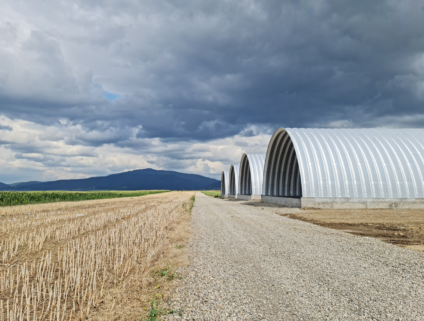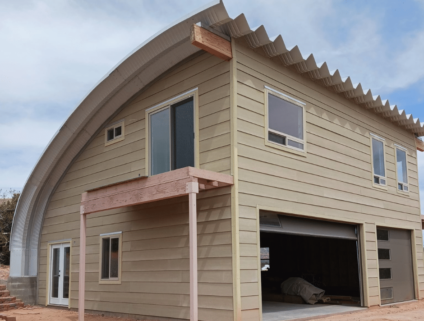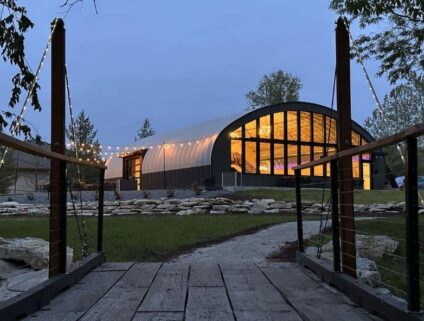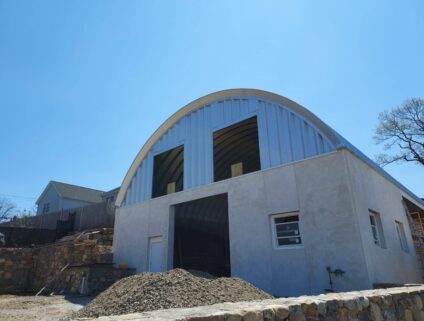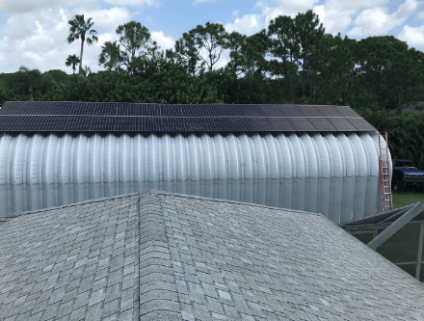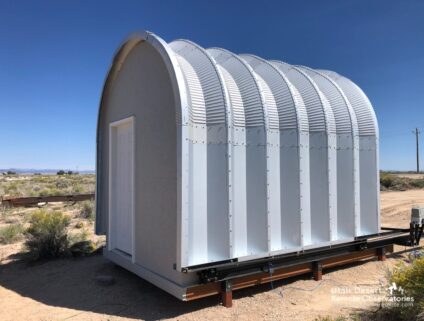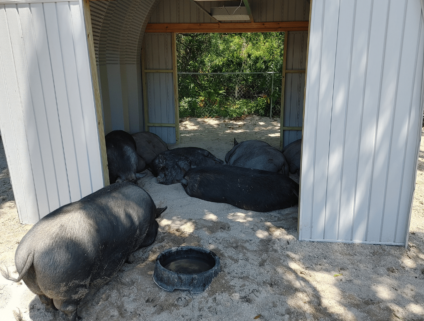When To Expand A Building & When To Build A New One?
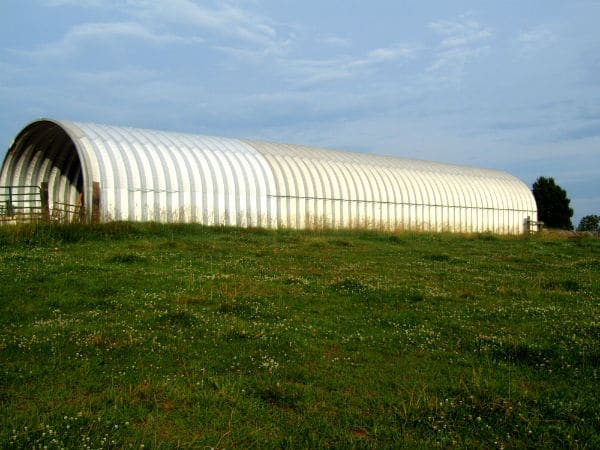
From budgeting costs and space constraints to future growth potential and the condition of the current structure – there’s a lot to consider when choosing to expand a current building or build a new one.
We’ll explain why two customers came to two different conclusions when answering this question.
SteelMaster customer Charles B. purchased a 30’ X 80’ building to store his hay-cutting equipment, and cattle trailer and keep his hay feed dry. Five years later, he was thrilled to find out he could save money and accomplish his goals by adding 30 feet to his existing building instead of purchasing an additional building.
Meanwhile, another customer, Wayne S., purchased a second 30′ X 50′ building to use as an auto shop 20 years after he installed his first 20′ X 30′ building.
Here are the five questions these two customers asked themselves and why they chose to expand or add a building. Ask yourself these questions if you’re trying to decide and see where you end up.
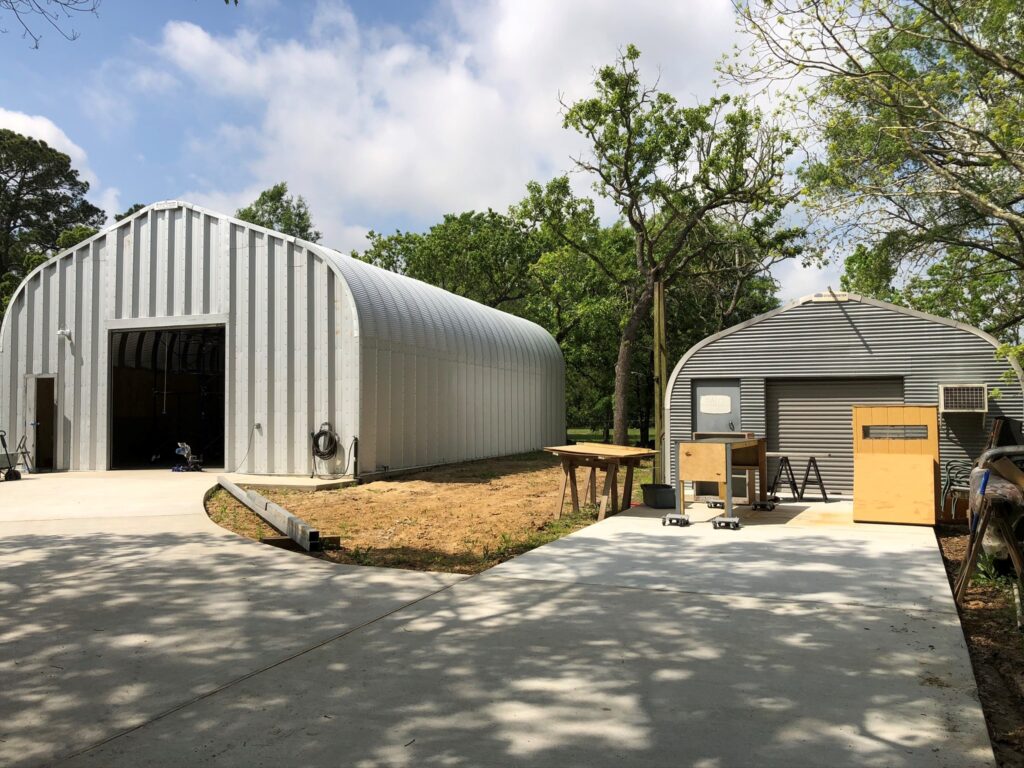
Is my current building compatible?
When expanding an existing building, if it’s an older model, new parts may not be compatible with the original structure. In that case, it’s often more practical to expand the current building rather than purchase new components that won’t align properly.
When it comes to buying a new building, many people initially consider purchasing a secondhand one. However, they often find that secondhand buildings aren’t up to today’s code and load requirements.
In these cases, getting a new structure tends to be the better option. Not only is it more cost-effective than trying to upgrade an older building, but it also ensures that your building meets all current requirements, especially for areas with high snow or wind loads.
Both Charles B. and Wayne S. had SteelMaster Quonset huts, which can be easily expanded in two-foot increments. Charles wanted to add length to his building, but Wayne needed his building to be both wider and longer, so he had to purchase a new one.
Do I have the space?
Sometimes it feels like no matter how large your initial building is, it will never be big enough! And while expanding your steel building can be an easy solution, it’s not always feasible due to space requirements.
Here are a few ways to see if you have enough space on your land to expand your building:
- Check Property Lines: Ensure that the expansion won’t extend beyond your property lines. Use a property survey or site map to verify your boundaries.
- Measure Open Land: Start by measuring the open space around your current building, including length and width. Compare this to the size of the proposed expansion to see if it will physically fit.
- Consider Setback Requirements: Local zoning laws often require buildings to be a certain distance from property lines, roads, or neighboring structures. Research these requirements to confirm you have enough room.
Charles had his building on his property in a place that made it easy to expand. However, Wayne’s property layout required the buildings to be positioned side by side.
Do I need my structure quickly?
If you’re in a hurry, purchasing additional arches to expand your current building is often a faster solution.
Since the structure already exists, you can bypass some of the time-consuming steps, such as clearing land and pouring an entirely new foundation. In most cases, expanding your building requires fewer approvals and less construction time, allowing you to meet your space needs more quickly.
On the other hand, building a new structure may take longer. You’ll need to go through design planning, foundation work, complete permit applications, and a full construction timeline from start to finish. If time is a significant factor, an expansion could save you more time compared to starting a new build.
Both Charles’ arches and Wayne’s building were assembled relatively quickly; however, Wayne’s took longer since it was a full structure rather than just an addition. He also chose to add insulation and a bathroom, which added to the build time.
Which option is better for my budget?
Expanding your current structure often involves lower upfront expenses. Purchasing just a few extra arches can be a more budget-friendly option than an entirely new building. Additionally, the costs associated with site preparation and foundation work may be significantly reduced since you’re building onto an existing structure rather than starting from scratch.
When purchasing a second new building, you’ll need to factor in expenses for purchasing the land (if applicable), site preparation, pouring a new foundation, and potentially more permit and inspection fees. The overall timeline for a new build can also lead to increased labor costs and potential delays.
Since Charles’ building was simply for ag storage, he wanted to stick to a tighter budget. In contrast, Wayne was looking to build an entirely new auto shop, which required a larger budget.
Will I need a permit?
Having gone through a project before, you’re likely aware of the headaches the permitting process can entail. When it comes to navigating the permit requirements for expanding your building or embarking on new construction, doing your due diligence and checking with your county office is extremely important.
Be sure to research local regulations for expanding your building or see if any regulations have changed since you started your initial project. Reach out to county officials to clarify any questions you have, as they can provide insight into zoning laws, setback requirements, and any unique regulations that may apply to your property.
Categories


